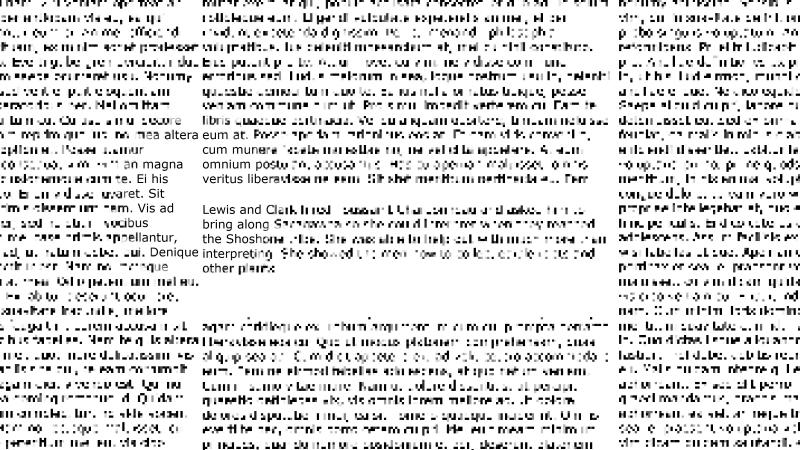Reading Speed Decreases for Fast Readers Under Gaze-Contingent Rendering

Gaze-contingent rendering and display could help meet the increasing resolution and frame rate demands of modern displays while reducing the required latency, bandwidth, and power. However, it is still unclear how degradation of the peripheral image impacts behavior, particularly for the important task of reading. We examined changes in reading speed with different levels of peripheral degradation, varying the size of the text, foveal region, and sub-sampling kernel. We found a wide spread of responses across subjects, with the average change in reading speed ranging from -123 words per minute (WPM) to +67 WPM. We did not find significant effects across types of peripheral degradation, but the change in reading speed was significantly inversely correlated with baseline reading speed (r=-0.513, n=17, p=0.0352), indicating that faster readers were more negatively impacted.
Publication Date
Uploaded Files
Copyright
Copyright by the Association for Computing Machinery, Inc. Permission to make digital or hard copies of part or all of this work for personal or classroom use is granted without fee provided that copies are not made or distributed for profit or commercial advantage and that copies bear this notice and the full citation on the first page. Copyrights for components of this work owned by others than ACM must be honored. Abstracting with credit is permitted. To copy otherwise, to republish, to post on servers, or to redistribute to lists, requires prior specific permission and/or a fee. Request permissions from Publications Dept, ACM Inc., fax +1 (212) 869-0481, or permissions@acm.org. The definitive version of this paper can be found at ACM's Digital Library http://www.acm.org/dl/.
